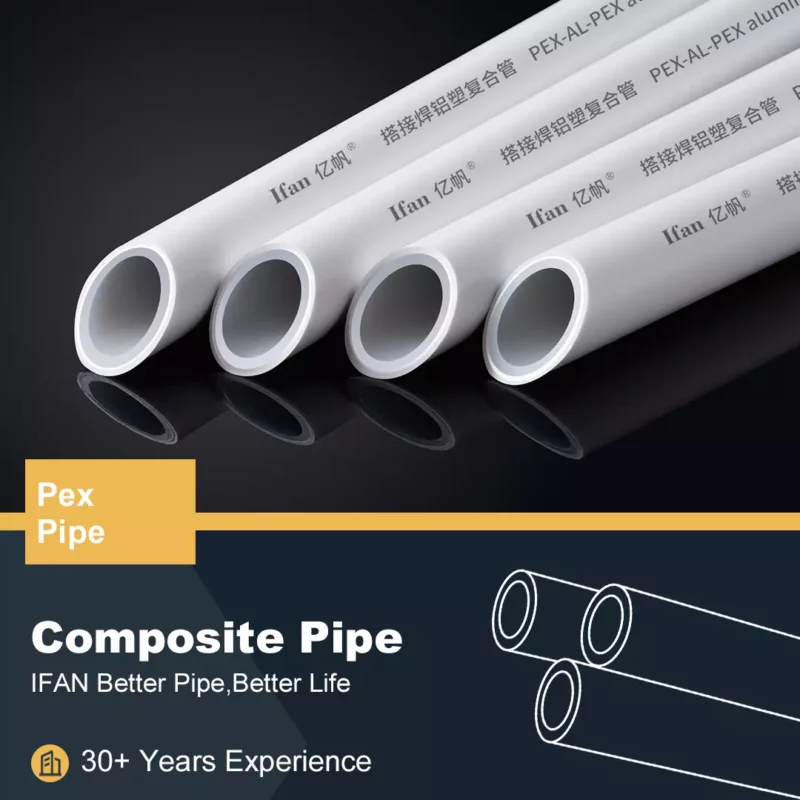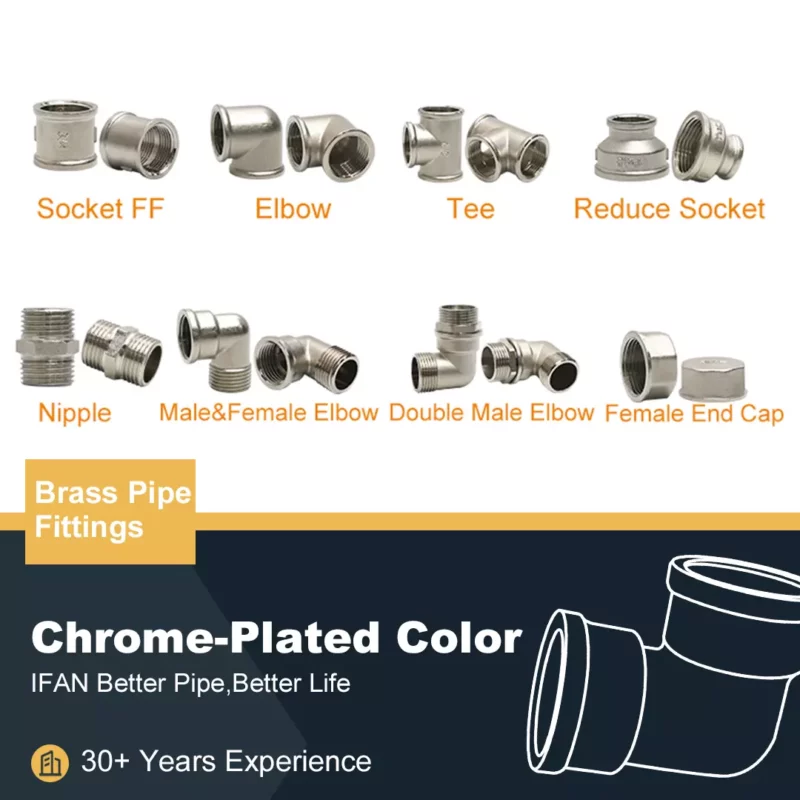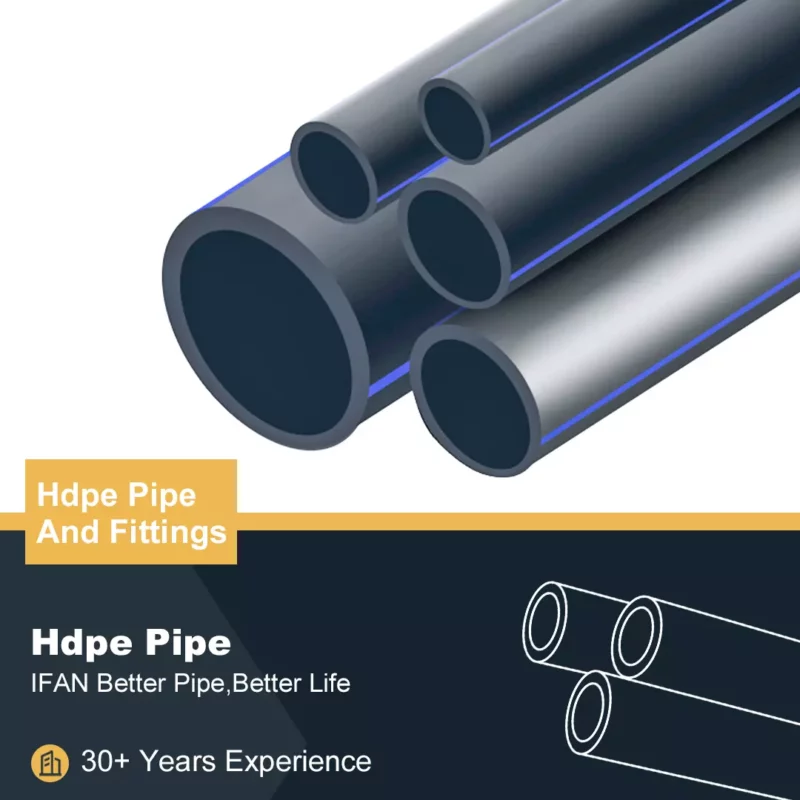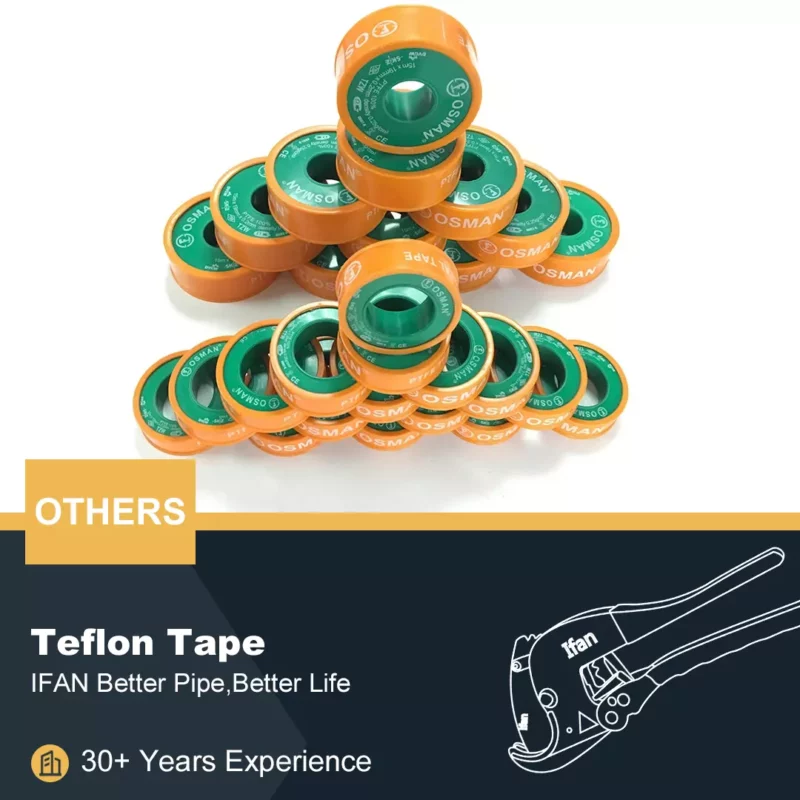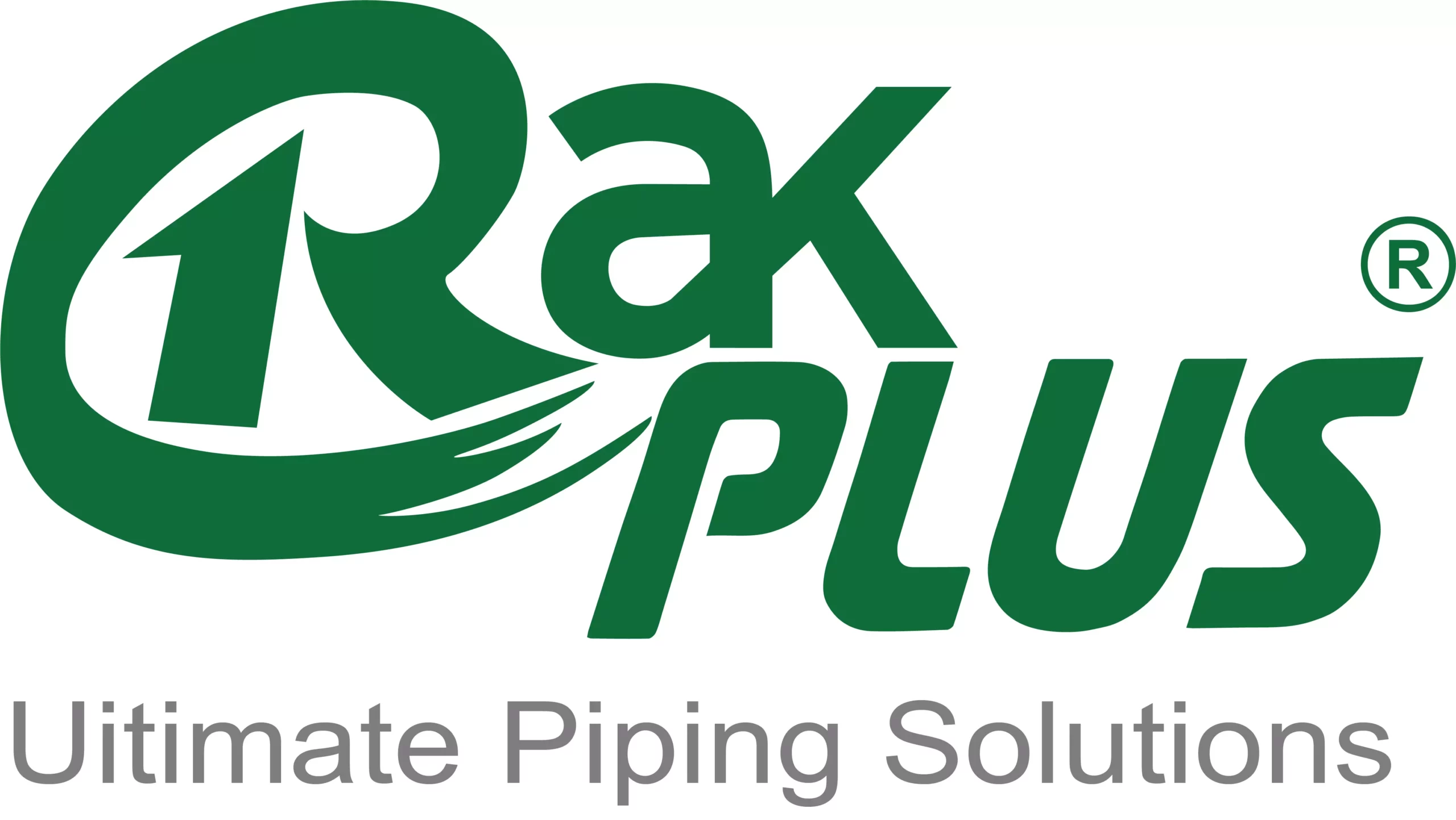PPR (Polypropylene Random Copolymer) pipe fitting play a crucial role in modern plumbing systems. They are designed to connect PPR pipes securely, ensuring leak-free joints and efficient water flow. These fittings are widely favored for their durability, chemical resistance, and ease of installation.
Choosing PPR Pipe Fittings for Residential Use
When selecting PPR pipe fittings for residential applications, several factors should be considered to ensure optimal performance and longevity. Firstly, the diameter of the pipes should match the fittings to avoid any mismatches that could lead to leaks or inefficiencies in water flow. Additionally, the pressure rating of the fittings must be suitable for residential water pressure systems, typically ranging from low to medium pressure.
Selecting PPR Pipe Fittings for Commercial Applications
In commercial settings, PPR pipe fittings need to withstand higher demands and more rigorous conditions compared to residential use. Durability becomes a critical factor, as fittings will likely encounter heavier usage and potentially harsher environments. Corrosion resistance is another essential consideration, especially in industrial applications where chemicals or varying temperatures may affect the plumbing system.
Factors to Consider When Choosing PPR Pipe Fittings
Several key factors influence the choice of PPR pipe fittings. The quality of the material used in manufacturing is paramount, as high-grade polypropylene ensures longevity and reliability. Compatibility with pipe sizes is crucial; fittings should be selected based on the specific diameter of the pipes being used to ensure a snug fit and prevent any leaks. Ease of installation is also significant, as it can impact both the initial setup time and any future maintenance or repairs.
Benefits of Using PPR Pipe Fittings
PPR pipe fittings offer numerous advantages that make them a preferred choice in plumbing systems. Their excellent chemical resistance makes them suitable for a wide range of fluids, including potable water and various industrial liquids. Their lightweight nature simplifies handling and installation, reducing labor costs and making them ideal for both new installations and retrofitting projects. Additionally, PPR fittings maintain their integrity over time, minimizing the risk of leaks and ensuring a long service life with minimal maintenance.
Maintenance Tips for PPR Pipe Fittings
To prolong the lifespan of PPR pipe fittings, regular maintenance is essential. Inspecting fittings periodically for any signs of wear or potential leaks is recommended. Addressing any issues promptly can prevent more significant problems and reduce the risk of water damage. In colder climates, ensuring proper insulation around pipes and fittings helps prevent freezing and potential bursts during winter months. Properly maintaining PPR pipe fittings ensures continued efficiency and reliability of the plumbing system.
Conclusion
PPR pipe fittings represent a versatile and reliable solution for both residential and commercial plumbing needs. By understanding the specific requirements of each application, such as pressure ratings and material compatibility, users can select fittings that optimize performance and durability. With their inherent benefits of durability, chemical resistance, and ease of installation, PPR pipe fittings are poised to remain a cornerstone of modern plumbing systems, ensuring efficient water distribution and minimal maintenance over their operational lifespan.
If you have read this article and have any questions, please feel free to contact IFAN. Below is our contact information:
Whatsapp:+86 13373827623
Email:[email protected]











